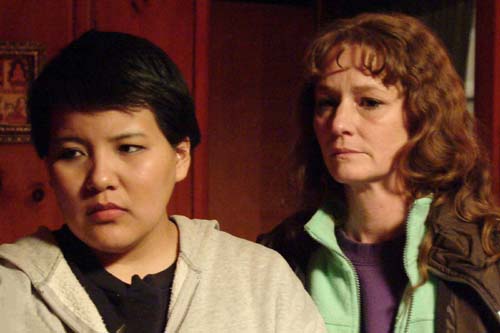By Leah Rozen
“Right now the perception in Hollywood is that what the audience most wants is distraction from their daily lives,” said the veteran producer Douglas Wick, whose credits include “Working Girl” and “Memoirs of a Geisha.”
Today if characters aren’t superheroes, teenage wizards or sexy vampires, they’re architects, lawyers, journalists and other professionals or successful entrepreneurs overseeing chic bakeries or floral shops. Those struggling to get by economically are relegated to crime dramas—white-collar crime offers too few opportunities for shootouts and car chases—or to low-budget, independent films like “Frozen River” and “The Wrestler.”
“Hollywood is risk averse and driven by the numbers,” said Joe Roth, a producer and former top executive at the 20th Century Fox and Walt Disney studios. “
“The studios feel that the only way to get people out of the house is to show them something that’s going to entertain them in a fantastic way,” he added, “whether it’s 3-D, fantasy or crude humor.”
“These characters are losers, they’re losers,” he ranted to Ms. Hunt.
“No,” she replied, “they’re just poor.”
A lot of the talk about being risk-adverse and numbers-driven is code for racism. We know this because of the evidence.
If audiences want only escapist entertainment, the race of the main characters shouldn't matter. A movie's plot and script are what make it escapist, not the actors' skin color.
So cast an Indian to play Jacob Black, Silver Fox, or Tonto. Cast Asians in The Last Airbender. Cast a Persian in Prince of Persia. Cast minorities as the leads in movies such as Avatar, Inception, and Alice in Wonderland. The escapist value of these movies is the same no matter who the actors are, right?
Well, no. When you dig beneath the rhetoric, you find the racism. To sum it up, white = escapism and minorities = reality. Indians are associated with reservations, Latinos with immigration, blacks with inner cities. Who wants to be reminded of these subjects, even indirectly? It's "safer" to hire white actors than to risk alienating audiences with race, gender, and class issues.
In other words, white's the right color for escapism. I.e., Hollywood is racist.
For more on the subject, see "We Can't Find the Talent" and Patel's Struggle Shows Hollywood's Racism.


2 comments:
Not sure it's so cut and dried. Yeah, you've got "Arthur" with Dudley Moore, and the white elite rich vampires of "Twilight".
But you have the lower/working class world of Hollywood titan Tyler Perry, and those successful Adam Sandler movies too.
I'm sure you could find a lot of working-class characters in Hollywood movies. Including the soldiers in Avatar, the kids in Harry Potter, and the humans and Indians in Twilight.
The question is whether they're truly lower class or somewhere in the vaguely defined middle class. If they're not suffering visible signs of poverty, I'd put them in the latter category.
Post a Comment